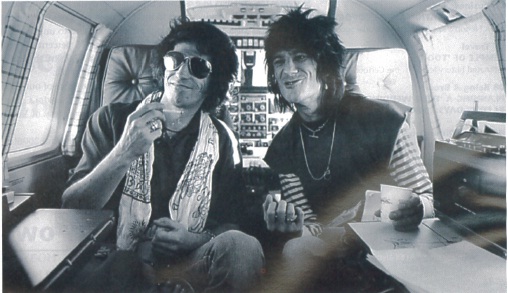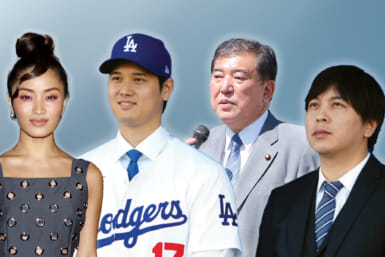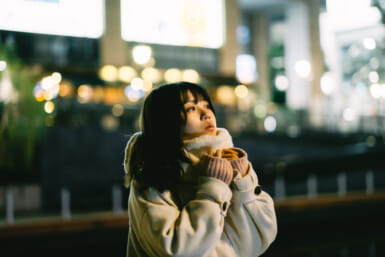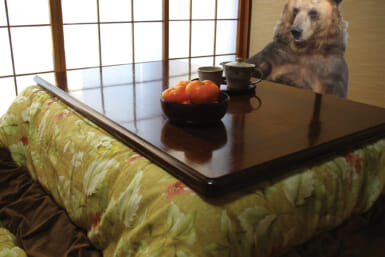Through the lens of Henry Diltz
by Owen Schaefer
Picture Jimi Hendrix. What do you see? You might imagine the raving rock-and-roll lunatic, fanning the funeral pyre of his burning guitar. Or perhaps you see the Woodstock image of his tasseled, white leather jacket, his head wrapped in a pink bandanna, and an expression of sublime concentration as he gazes down at the fret board. For many in my generation, these images are more familiar than the music.
The history of rock developed simultaneously with the rise of photojournalism and television. In the 50s and 60s, the world was beginning to recognize the way in which a single photo could become more than a snapshot; it could represent an event, a belief, or a personality. The image of the rock superstar — larger than life, immutable, and vivid — owes much to the parallel development of music photography.
An exhibition in Tokyo plans to showcase more than 70 of the images that helped form the identity of rock over the last half-century. Art Space Gallery in Omotesando will play host to the Morrison Hotel Gallery’s Fine Art Photography exhibition — its third run in Tokyo.
A single photo could become more
than a snapshot; it could represent
an event, a belief, or a personality
The name ‘Morrison Hotel’ will certainly strike a familiar chord with fans of The Doors. It is the name of the down-and-dirty hotel that serendipitously shared its name with front-man Jim Morrison, and whose facade would eventually grace the cover of the band’s album by the same name. When the hotel manager refused to give permission for the photo shoot, the band and their photographer, Henry Diltz, snapped the famous image a few minutes later, in an inspired moment of guerrilla photography as the manager disappeared into an elevator. It is one of many of Diltz’s photos that will be on display.
The Morrison Hotel Gallery is the sole distributor of Diltz’s massive body of work, which spans some 40 years behind the lens. He has a portfolio of more than 80 album covers, and was the official photographer at Woodstock, as well as the Monterey and Miami music festivals. He has taken pictures of Hendrix, The Doors, The Beatles, Crosby Stills & Nash, Nirvana, and a host of other huge industry names simply too numerous to list.
Diltz got started in music photography by being in the industry himself. As one of the founding members of the Modern Folk Quartet in the early 60s, Diltz was touring as a musician before he moved to photography. One day, while on the road, he picked up a cheap used camera and started shooting.
“I started out by photographing my friends and fellow musicians, so it was easy and comfortable to learn and get better at it,” he explains. “After that I just treated everybody like they were good friends of mine.”
The approach led to a buildup of excellent photography and a reputation as one of the best in a growing business. “These days there are a lot more photographers than when I started,” he says. “When The Doors played at the Hollywood Bowl in 1968, I was the only photographer there.” His Woodstock shots of Hendrix, The Who, and Janis Joplin have remained some of the most enduring images of the time. And his album cover work, such as Crosby Stills & Nash’s first album, where the band sit outside a house on a derelict sofa, have also found places in the collective rock consciousness.
But despite these famous images, Diltz doesn’t seem to have set out to build icons. In fact, eschewing studio work, Diltz approaches photography with a straightforward, unpretentious eye that has become the hallmark of his style. “My approach has not changed at all from the simple way I started,” he said, “I still use the same equipment, and people are still people.”
Diltz is not the only photographer featured in the show. Jim Marshall, a good friend of Henry Diltz, and considered to be one of the best in the business, will have a number of prints. Paul Saltzman will be showing some rarely seen photos of The Beatles, and Bob Gruen and Elliot Landy will also be represented.
These five photographers have shot some of the most influential works in music photography, ranging from album covers to Rolling Stone magazine. A number of signed, limited edition prints will be available for those who want to take home a bit of rock history. Henry Diltz will be in Tokyo for the exhibition, as well as on his fifth tour of Japan with the Modern Folk Quartet.
Art Space Gallery, 3-5-33 Kita Aoyama, Minato-ku, Tokyo, Tel. 03-3408-1436. www.artspace-kiyu.com









